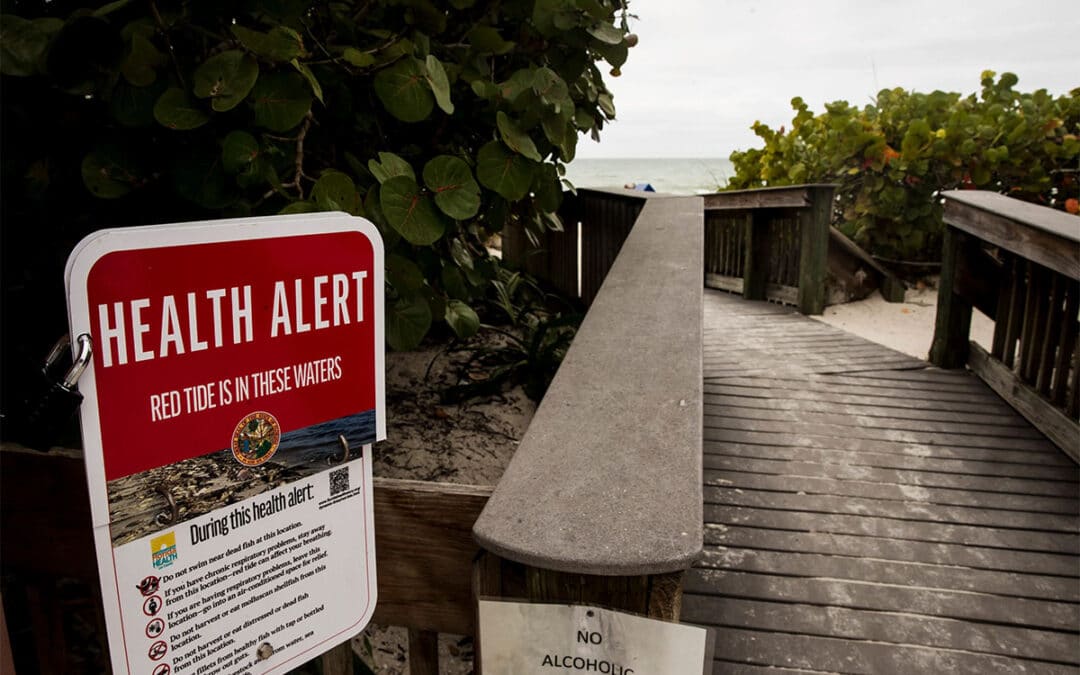Just as it took decades before smoking was recognized as a cancer trigger, it’s taken until recently for science to firmly link nitrogen pollution to the persistence of red tide.
But a new University of Florida study with two nonprofit research partners shows clear ties between nitrogen from human activities and the longevity and severity of the saltwater harmful algal blooms.
Published in the academic journal Science of the Total Environment, the report’s mouthful of a name is: “Nitrogen-enriched discharges from a highly managed watershed intensify red tide (Karenia brevis) blooms in southwest Florida.“
Two of its key findings:
- “Caloosahatchee River discharges and nitrogen inputs systematically intensify blooms” and
- “Anthropogenic influence extends upstream to Lake Okeechobee and the Kissimmee basin.”
In plain talk, that means what comes from the land all the way up to Lake O can make things worse downstream and on the coast when there’s a bloom.
Continue Reading

























